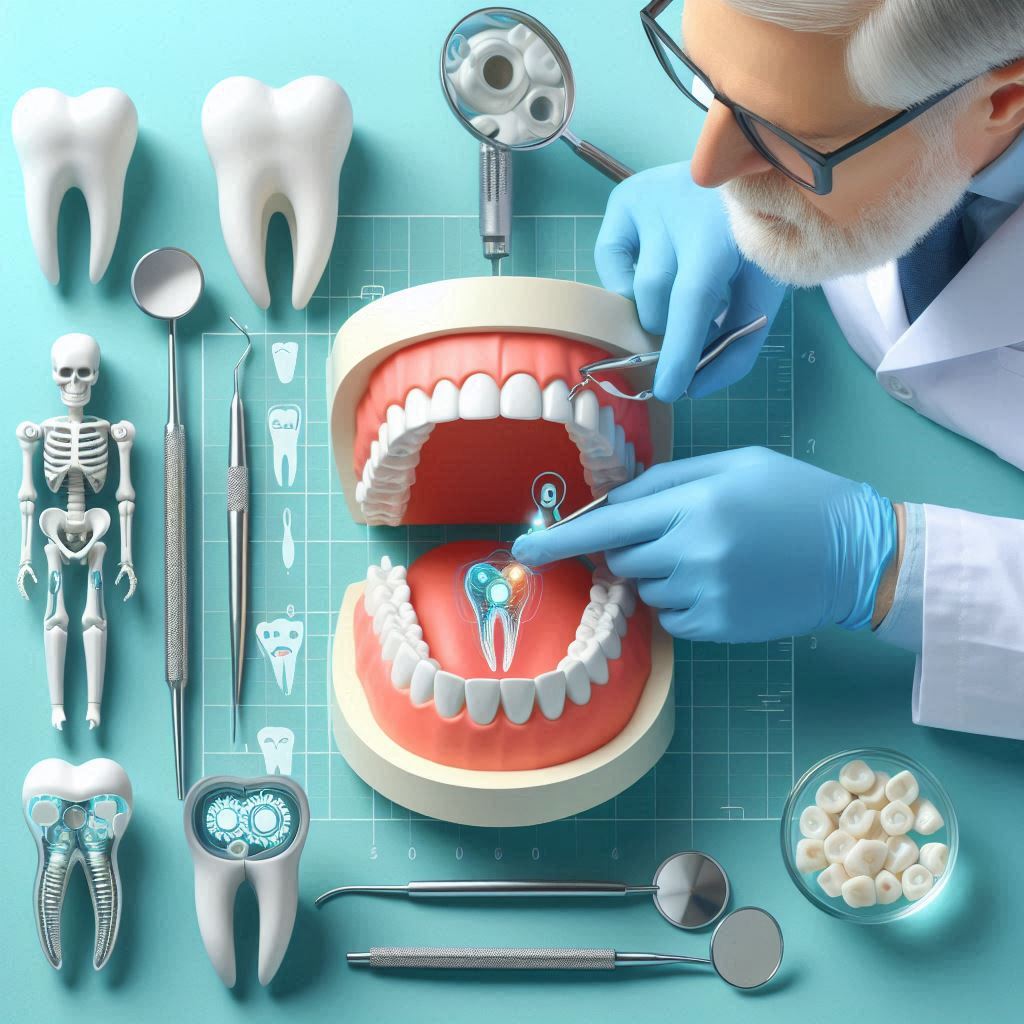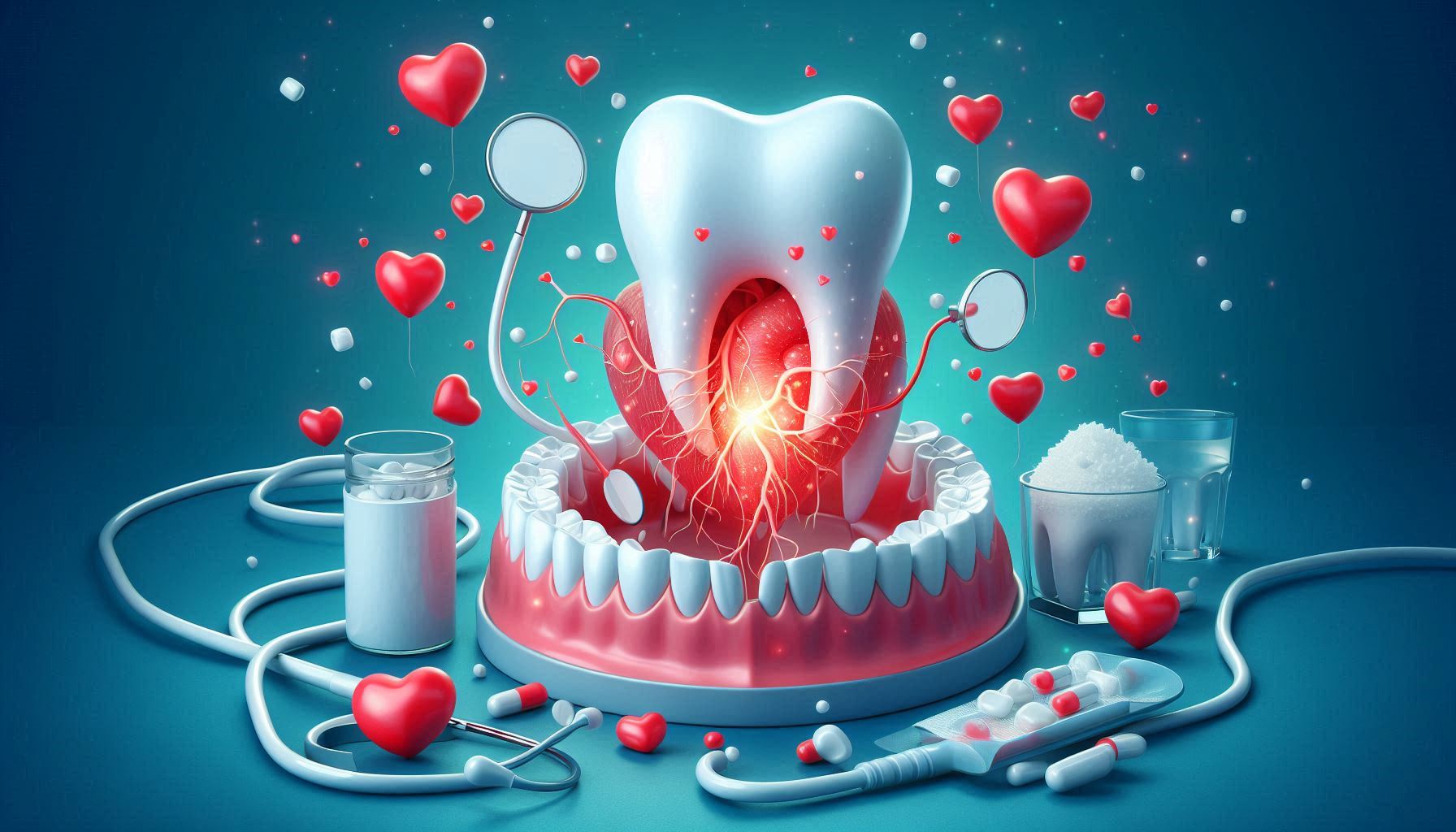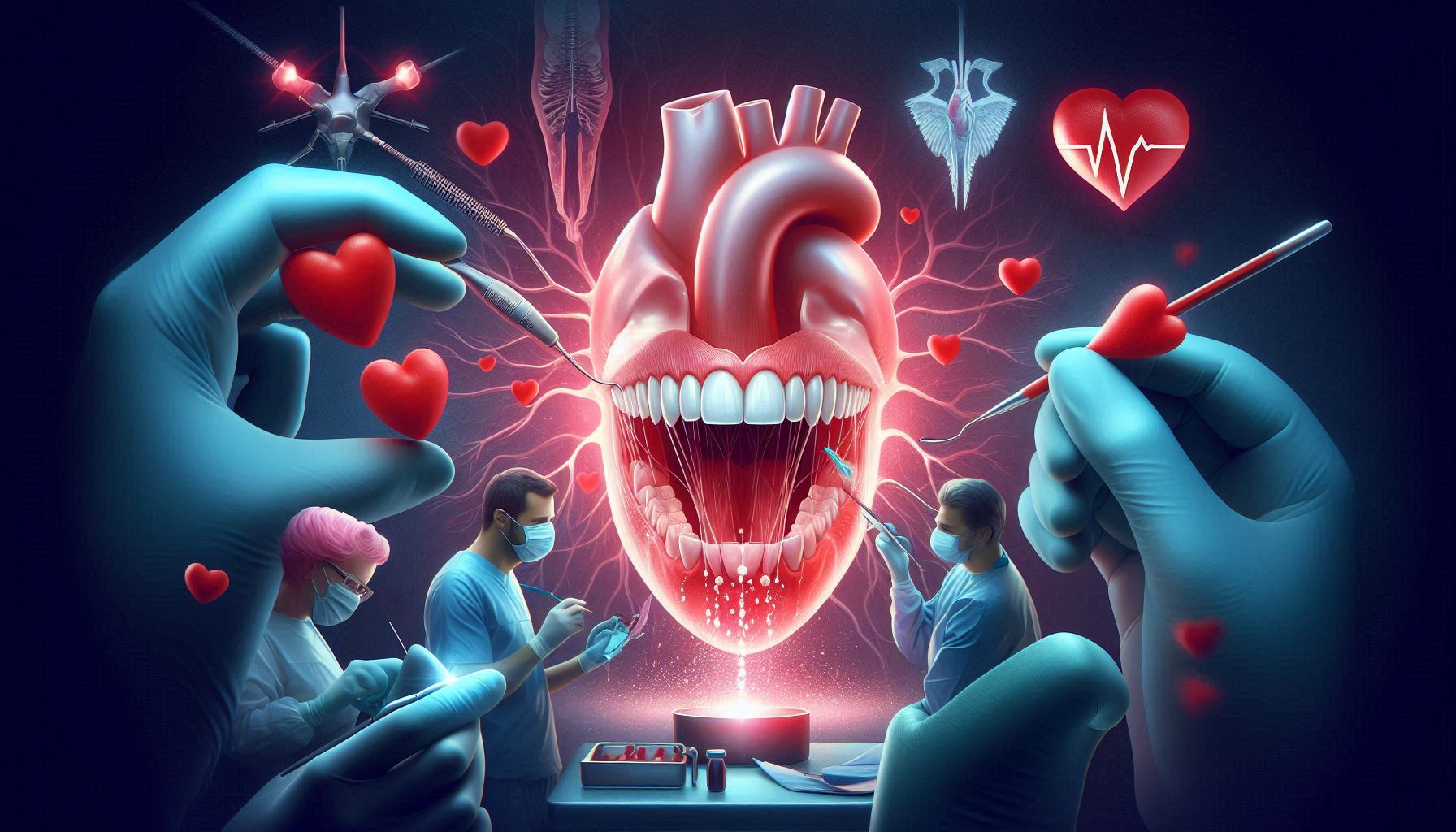Introduction
When it comes to health, people often prioritize physical exercise, eating nutritious food, or maintaining mental health. However, the importance of oral health is frequently overlooked, even though it plays a pivotal role in our overall well-being. The mouth is the gateway to the rest of the body, and poor oral health has been linked to several chronic conditions such as heart disease, diabetes, and respiratory infections. Furthermore, oral health impacts one’s self-esteem, speech, nutrition, and even social interactions. Hence, taking proper care of one’s teeth and gums is essential to both physical and emotional health.
One of the most vital yet often neglected elements of oral care is regular dental check-ups. While brushing, flossing, and maintaining good oral hygiene are fundamental, they alone cannot guarantee the prevention of serious dental issues. Routine visits to a dentist provide the opportunity for early detection of potential problems, professional cleaning, and advice on maintaining optimal oral health. In this guide, we will explore why these check-ups are necessary, how often you should visit the dentist, and what happens during an examination.
Why Are Regular Dental Check-ups Important?
A dental check-up is a comprehensive appointment with your dentist that typically includes a thorough examination, professional cleaning, and sometimes other diagnostic tests, such as X-rays. However, the importance of these visits goes far beyond just having clean teeth. Here’s a detailed look at why these regular check-ups are so important for maintaining optimal oral and overall health:
Early Detection of Oral Health Issues
The first and perhaps most significant reason for regular dental check-ups is early detection. Many dental conditions, such as cavities, gum disease, and even oral cancer, often do not present noticeable symptoms in their early stages. By the time symptoms do manifest, the issue may have progressed to a more severe level, requiring invasive and expensive treatment.
For example:
- Cavities: A small cavity can be treated with a simple filling. However, if it progresses unchecked, it could eventually lead to a root canal or even tooth extraction.
- Gum Disease: Early-stage gum disease (gingivitis) often manifests as red or swollen gums that may bleed when brushing or flossing. If left untreated, gingivitis can develop into periodontitis, a severe form of gum disease that can lead to tooth loss.
- Oral Cancer: The American Cancer Society estimates that over 50,000 people in the United States are diagnosed with oral cancer each year. However, oral cancer is often asymptomatic in its early stages, which is why regular screenings at dental check-ups are essential for identifying any abnormal growths or lesions in the mouth that could indicate cancer.
During a dental check-up, a dentist will meticulously examine the soft tissues of your mouth, the back of your throat, and your tongue for any abnormalities. The dentist may also feel the neck, jaw, and face for swollen lymph nodes or other irregularities. If any suspicious areas are identified, further tests, such as biopsies or imaging, may be recommended.
Prevention of Gum Disease
Gum disease is a major threat to oral health and one of the leading causes of tooth loss in adults. It begins as gingivitis, which is an inflammation of the gums caused by plaque buildup. Gingivitis can be reversed with proper oral hygiene and professional cleaning. However, if gingivitis is ignored and allowed to progress, it turns into periodontitis, a more severe and irreversible condition that damages the soft tissue and bone supporting your teeth.
Dental check-ups are critical for the prevention of gum disease because they include professional cleaning that removes tartar (hardened plaque) from areas that regular brushing and flossing cannot reach. Without this removal, the bacteria in tartar continue to irritate the gums and lead to inflammation. Regular visits to the dentist ensure that your gums remain healthy, reducing the risk of developing gum disease and its associated complications.
Teeth Cleaning and Plaque Removal
No matter how diligent your home care routine is, plaque will naturally build up on your teeth over time. Plaque is a sticky film of bacteria that forms after you eat. If not removed by brushing and flossing, plaque can harden into tartar, which can only be removed by a dentist. Tartar buildup can contribute to tooth decay, gum disease, and other oral problems.
A professional cleaning during a dental check-up is an essential step in maintaining oral health. The cleaning process typically includes:
- Scaling: The dentist or hygienist uses specialized tools to remove plaque and tartar from the teeth, especially along the gumline.
- Polishing: After scaling, your teeth are polished to remove any surface stains and to smooth the tooth surfaces, making it harder for plaque to accumulate again.
- Flossing: The hygienist will floss between your teeth to ensure that there is no debris left behind.
Teeth cleaning at the dentist also allows your hygienist to provide additional guidance on areas of your mouth that may require extra attention when brushing or flossing at home.
Oral Cancer Screening
Oral cancer is one of the deadliest forms of cancer, yet it is often overlooked in the early stages. The survival rate for oral cancer is much higher when detected early. The challenge is that the symptoms often go unnoticed by patients, especially in the initial stages, as the cancer might not cause any pain or obvious problems. Symptoms may not appear until the disease has reached more advanced stages, making treatment more difficult.
Dentists are trained to detect signs of oral cancer during routine check-ups. They examine the soft tissues inside your mouth, your tongue, cheeks, and even your throat for unusual lumps, growths, or sores. If something is suspicious, your dentist may refer you to a specialist for further testing, such as a biopsy.
Maintaining a Bright Smile
While the primary focus of a dental check-up is maintaining good oral health, aesthetic benefits are also an important aspect. Staining from coffee, tea, tobacco, or certain foods can accumulate on your teeth, causing your smile to appear dull or discolored. Professional cleaning can remove surface stains and leave your teeth looking brighter and cleaner.
Additionally, if you’re interested in teeth whitening, your dentist can offer guidance on the best options, ensuring that the whitening process does not harm the health of your teeth and gums. A brighter smile can positively impact your self-esteem and confidence, which in turn can improve your overall well-being.
Saving Money on Dental Treatments
Regular check-ups are an investment in your long-term oral health and can actually save you money in the long run. Preventing dental issues before they escalate into more serious conditions is much more cost-effective than waiting until a problem requires extensive treatment.
For example:
- A small cavity can be filled for a relatively low cost. However, if the cavity grows and affects the nerve, a root canal and crown may be required, which are significantly more expensive.
- Gum disease, if caught early, can often be treated with non-surgical procedures like scaling and root planing. However, advanced gum disease may require surgery or other costly treatments to restore oral health.
By visiting your dentist regularly for check-ups, you can avoid these more expensive treatments, ensuring that your oral care remains affordable and manageable.
How Often Should You Visit the Dentist?
The frequency of dental check-ups can vary depending on individual health conditions, age, and risk factors. However, general guidelines recommend that most people should visit their dentist at least twice a year (every six months). For some, more frequent visits may be necessary.
General Recommendation: Twice a Year
For most individuals, visiting the dentist once every six months is sufficient to maintain good oral health. This frequency allows the dentist to monitor any changes in your oral health and provides regular opportunities for professional cleaning and early detection of potential problems. For those with healthy gums and teeth, biannual visits are usually adequate.
High-Risk Individuals: More Frequent Visits
Some individuals may require more frequent visits to the dentist due to their specific health circumstances. These include:
- Smokers: Smoking can increase the risk of gum disease and oral cancer, so smokers may need to visit the dentist every three to four months.
- Pregnant Women: Hormonal changes during pregnancy can increase the risk of gum disease, so more frequent check-ups are often recommended for pregnant women.
- Diabetics: People with diabetes are at higher risk for gum disease, so more frequent dental visits may be needed to manage their oral health.
- Patients with Poor Oral Hygiene: Individuals who do not brush and floss regularly or who have a history of frequent cavities may benefit from more frequent dental visits to help prevent further dental issues.
- People with Certain Health Conditions: Those with conditions like heart disease or autoimmune disorders may be at higher risk for dental problems and might require more frequent visits.
Children and Adolescents
The American Academy of Pediatric Dentistry (AAPD) recommends that children visit the dentist by their first birthday or within six months of the eruption of their first tooth. Early dental visits are essential for establishing good oral habits, detecting any developmental issues, and preventing early childhood cavities.
For adolescents, regular check-ups are crucial to monitor the development of their teeth, gums, and jaw, especially if they are undergoing orthodontic treatment (e.g., braces).
What Happens During a Dental Check-up?
A dental check-up is an in-depth appointment that serves as both a preventative measure and a diagnostic tool for oral health. Here’s a more detailed look at what you can expect during a typical visit:
Dental Examination
The dentist will start by conducting a thorough examination of your mouth, teeth, gums, and soft tissues. They will look for signs of decay, gum disease, and other abnormalities. This examination may involve checking the condition of any existing dental work (fillings, crowns, etc.), assessing your bite, and inspecting the soft tissues of your mouth for signs of infection, irritation, or oral cancer.
X-rays
X-rays help your dentist view the structures inside your teeth and jaw that are not visible during a visual examination. They are particularly useful for detecting cavities between teeth, bone loss due to gum disease, and other hidden dental problems. X-rays are typically taken every 1-2 years, but the frequency can vary depending on your oral health status and risk factors.
Professional Cleaning (Prophylaxis)
Professional cleaning is a critical component of a dental check-up. This involves the removal of plaque and tartar from your teeth using specialized instruments. It also includes polishing your teeth to remove surface stains and leave your teeth feeling smooth and clean.
Fluoride Treatment
Some dentists apply a fluoride treatment to your teeth during the check-up, especially if you are at high risk for cavities. Fluoride helps strengthen tooth enamel and prevent tooth decay.
Discussion of Oral Hygiene Practices
During the check-up, your dentist or hygienist will discuss your oral hygiene habits. They will ask about your brushing and flossing routine, as well as your diet and lifestyle choices (such as smoking or sugar consumption). They will offer advice on how to improve your oral care routine and address any concerns or questions you may have.
Treatment Recommendations
If your dentist identifies any issues during the exam, they will discuss treatment options with you. This may include fillings, deep cleanings for gum disease, or referrals for orthodontic treatment or other procedures. Your dentist will work with you to create a personalized treatment plan that suits your needs and budget.
Common Dental Problems Detected During Check-ups
During a dental check-up, your dentist might uncover several common dental issues, including:
- Cavities: The most common dental issue, cavities are caused by the buildup of plaque that erodes tooth enamel. If left untreated, cavities can progress into more serious infections.
- Gum Disease: Early-stage gum disease (gingivitis) can cause swelling and bleeding of the gums. If not treated, it can develop into periodontitis, which may lead to tooth loss.
- Tooth Sensitivity: Tooth sensitivity can be triggered by various factors such as gum recession, tooth enamel erosion, or cavities.
- Bruxism (Teeth Grinding): Bruxism, often occurring during sleep, can damage teeth, leading to tooth sensitivity, worn-down teeth, and jaw pain.
- Oral Cancer: Oral cancer may not show visible symptoms early on, which is why routine screenings during dental check-ups are critical for detecting the disease at an early and more treatable stage.
Conclusion
Regular dental check-ups are a vital part of maintaining good oral health and preventing future dental issues. Whether you visit the dentist twice a year or more frequently based on your individual needs, these check-ups provide essential services, including early detection of problems, cleaning, and preventive care.
Remember, good oral hygiene at home is important, but professional care is equally essential. By prioritizing regular dental visits, you can avoid costly and painful dental procedures while enjoying a healthy, beautiful smile for years to come.
So, schedule your next dental check-up today – your teeth will thank you!
SOURCES
American Dental Association (ADA). 2020. Oral health topics: Dental check-up. American Dental Association.
American Academy of Pediatric Dentistry (AAPD). 2021. Early dental visits for children. American Academy of Pediatric Dentistry.
American Cancer Society. 2020. Oral cavity and oropharyngeal cancer statistics. American Cancer Society.
Kassebaum, N. J., Smith, A. G., Cozza, V. M., & GBD 2015 Oral Disorders Collaborators. 2017. Global burden of oral conditions: A systematic analysis of prevalence and disability-adjusted life years. Journal of Dental Research, 96(4), 413-431.
Miller, W. K., Fournier, A. , & Clarke, H.. 2020. Oral health and systemic disease: The relationship between periodontal disease and chronic conditions. Journal of Clinical Dentistry, 31(2), 45-58.
National Institute of Dental and Craniofacial Research (NIDCR). 2021. Gum disease and its prevention. National Institute of Dental and Craniofacial Research.
Sexton, L. K., Carson, J. D., Dunn, J. C., & Bishop, L. E.. 2019. Periodontal disease and the link to systemic health: A review of current findings. Journal of Periodontal Research, 54(3), 217-225.
Sood, S., Patel, P., Vora, M., & Kapur, D.. 2020. Preventive dentistry: The role of regular dental visits in oral health maintenance. British Dental Journal, 228(5), 295-300.
World Health Organization (WHO). 2021. Oral health: Key facts. World Health Organization.
Zhu, L., Chen, J., Yuan, L., & Zhang, Z.. 2018. Impact of smoking on oral health: A review. Journal of Clinical Periodontology, 45(6), 604-612.
HISTORY
Current Version
February 3, 2025
Written By:
SUMMIYAH MAHMOOD




